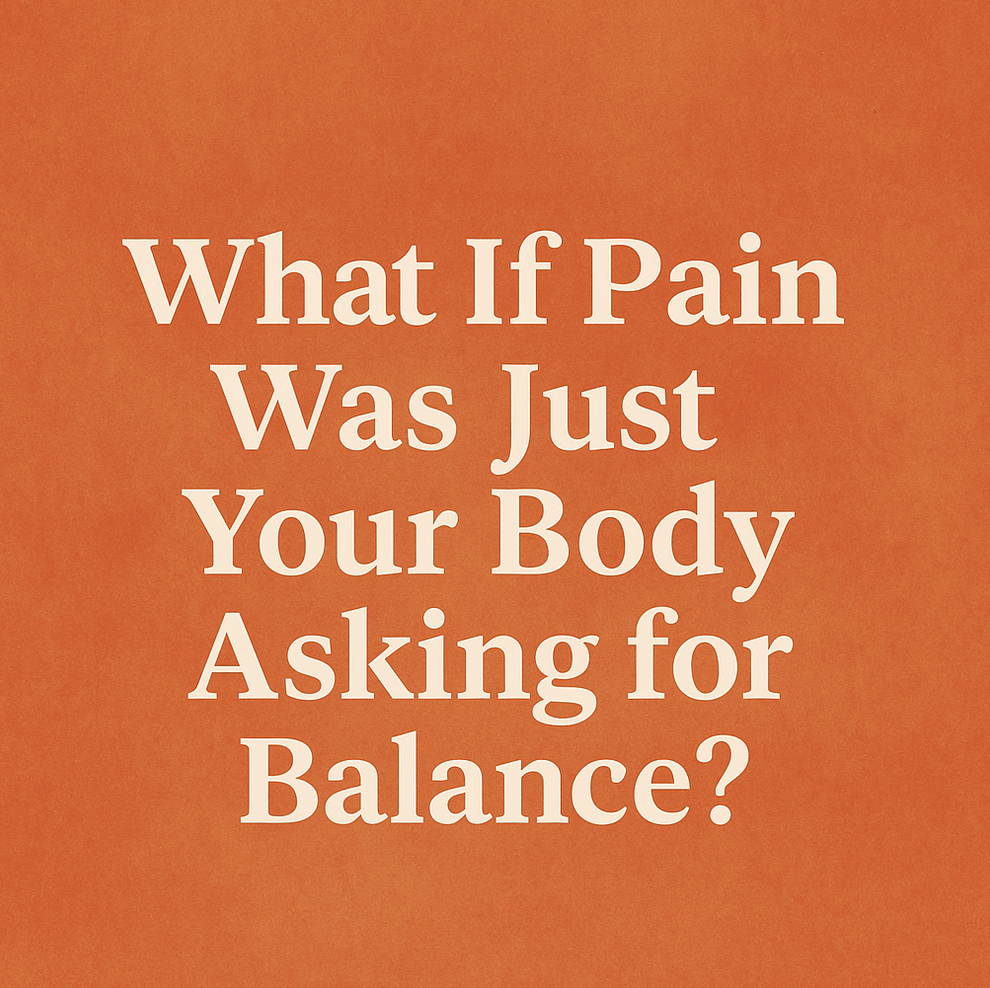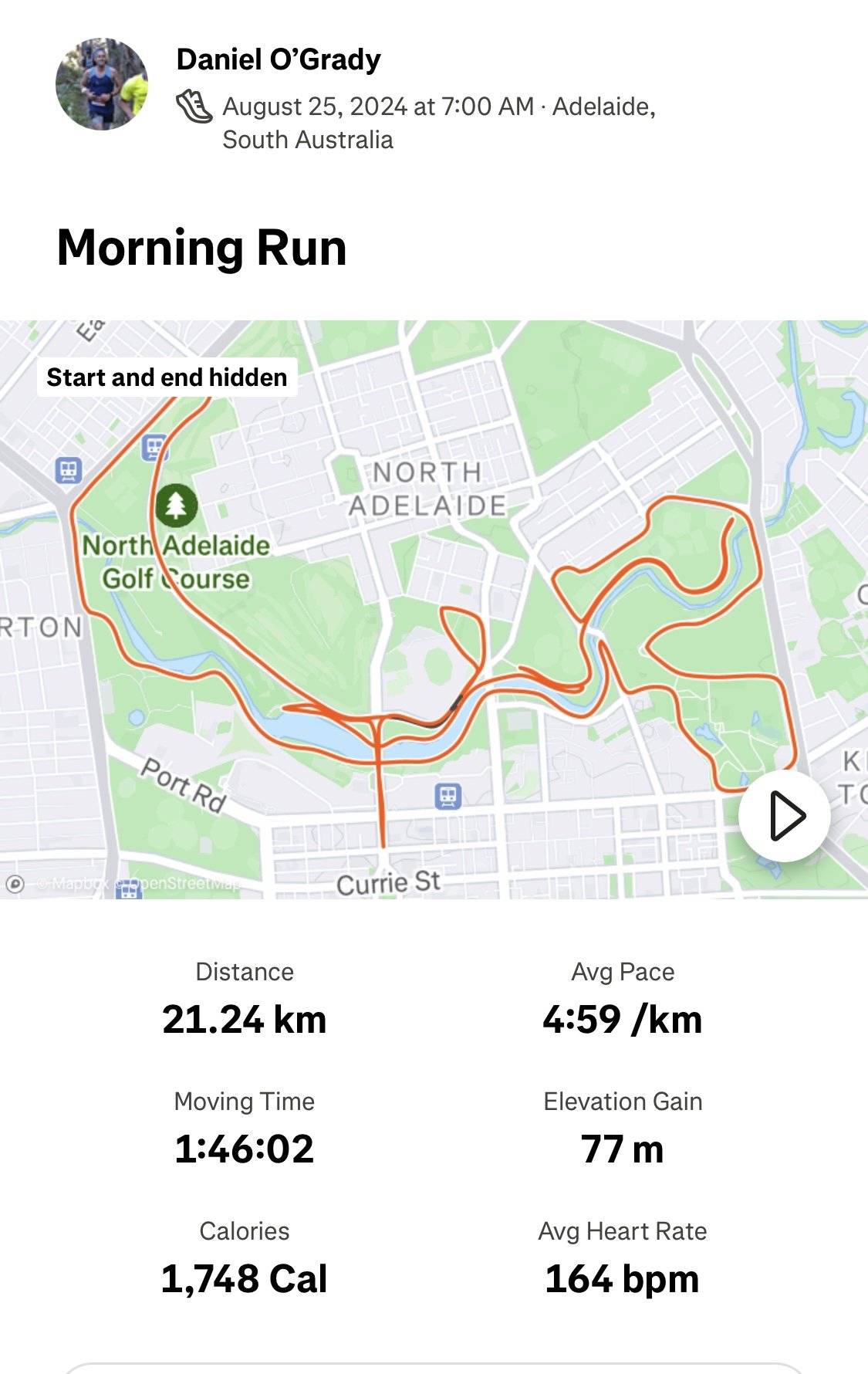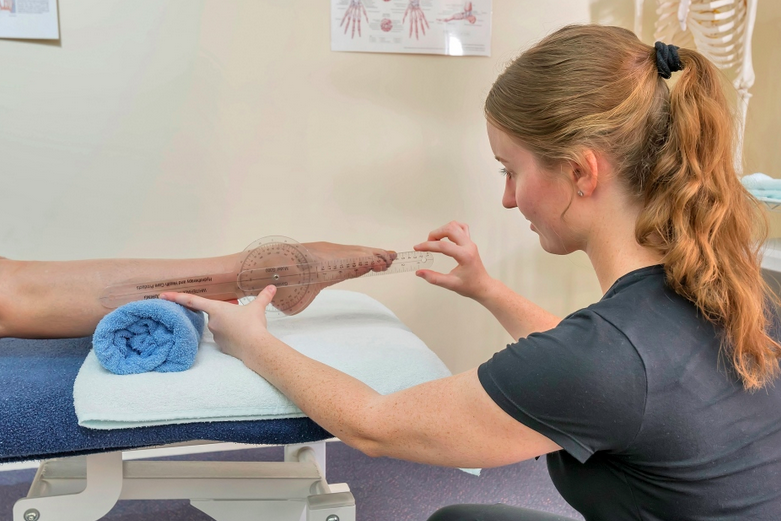Swimming is without doubt one of the best things you can do for your body. Water has a natural buoyancy that decompresses the joints and enables smooth, pain-free movement. Swimming also improves core strength and is one of the safest ways to maintain your cardiovascular fitness.
However, that doesn’t mean it’s perfect.
Like any other physical activity, repeated movement patterns over time can lead to muscle imbalances. As a Physiotherapist working with swimmers, the most common area I see problems are in the neck, shoulders and upper back.
In the clinic, I find myself repeating the same set of exercises to my patients, so I thought I’d write this blog post to share with you in the hope you can avoid future issues.
The majority of swimming injuries are from overuse, relating to a gradual tightness that builds up over the years. Once the muscles have developed significant restrictions in flexibility, pressure starts to build in the spine and shoulder joint.
If you are consistent with your stretches and a few simple exercises, you can counter-act the typical muscle imbalances and stay pain-free in the water.
The foam roller is without doubt the best way to maintain your tissue quality, improve flexibility and maintain your muscle balance. Consistency is the key and the best time to do these exercises is straight after you swim.
I'd love to get your feedback in the comments section & please let me know if you have any questions :-)
Thoracic Roll
Lift your hips up and keep your head supported with your hands. Roll the upper part of your back from the shoulder blades down to the lower ribs.
Keep breathing and relax your jaw. You should feel some nice releases in the joints here. Avoid the neck and the lower back.
Thoracic Arch
Drop your hips to the mat and arch the middle of the back over the roller.
Breathe in through the nose as you expand the diaphragm for three breaths. Repeat at a few different levels, depending on where you feel tight.
Lats Trigger Point Release
Lie on your side and roll up and down along the outer part of your shoulder blade. If you feel a sensitive spot, breathe and hold the pressure for around 30-60 seconds until the trigger point releases.
While resting your shoulder on the roller, gently rotate your body forwards and backwards, searching for any tender trigger points. Take care not compress any nerves around the shoulder - you shouldn’t feel any pins and needles or significant pain.
Thoracic rotation stretch
Place the roller parallel to your left side. Place the right arm on the roller and reach through to the left, aiming to feel a gentle stretch between the should blades. Rest your head gently on the mat. As you exhale, reach a little further to the left. Aim for 30 seconds and then switch sides.
Childs Pose / Lats stretch
Sit your hips back towards your ankles with your arms on the roller. Breathe in through the nose and expand the lower ribs. As you breathe out, gently sit the hips back further and lengthen the arms away. You should feel a nice stretch though the back of the shoulders and lower back.
Try 30 seconds straight ahead and then 30 seconds on each side. To stretch the left side. push the hips back to the left with the arms on the right side of the foam roller.
Plank
Lift into a plank with your forearms on the roller.
Breathe through your diaphragm and hold for 30 seconds.
Advanced: gently move roller up and down using the arms, for more intensity.
Pecs stretch with breathing
Bring your awareness to your neutral spine. You should have a slight arch in your lower back (about 1 fingers width). Maintain this position while you breath in and slowly bring your arms out to the side and up over your head, feeling a gentle stretch in the front of the shoulders.
As you breathe out, lower the arms down, whilst maintaining neutral spine.
Cat-Cow
Arch your upper back and look down towards your hips while contracting your abdominals. Then reverse the motion by lifting your head and hips.
Repeat 10 times. Note: Take care not to overstrain your neck or your lower back with this exercise. Do not force into the end of its range.
Tricep Dips
Use the foam roller to bring some more intensity to the tricep dip. This exercise will help develop resilience in the shoulder stabilisers. Take care not to do too much too soon.
Side-plank
Lie on your side and push into a side-plank, either through your knees or feet.
Keep breathing while holding for 15-30 seconds. Then repeat on the other side. Keep the shoulders, hips and knees in the same alignment. This exercise will help strengthen the small stabiliser muscles in the shoulders.


































